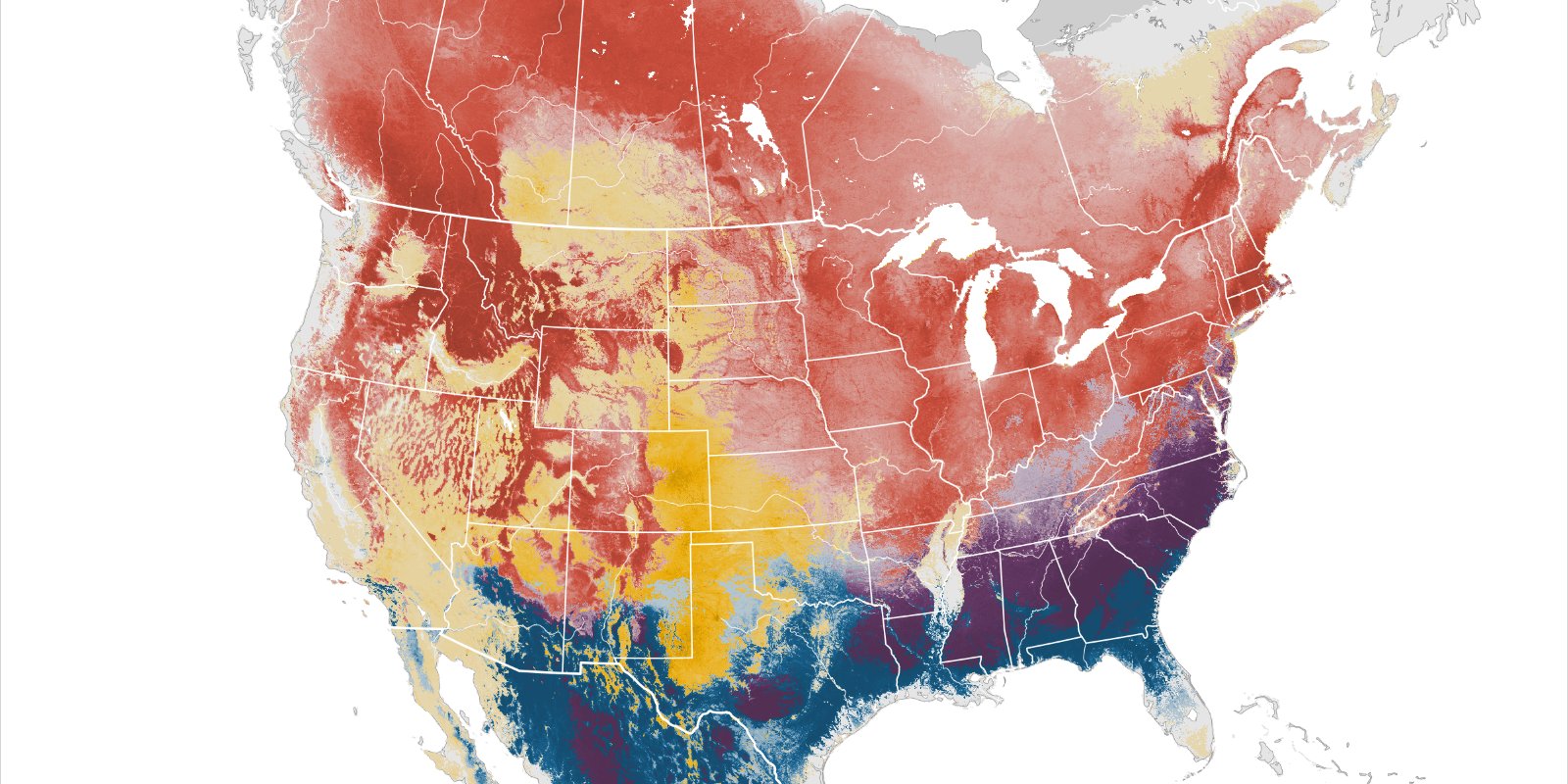How Can eBird Data Help Bees?
Because many bird species are sensitive to changes to both local habitats (e.g., changes in plant species) and landscapes (e.g., forest fragmentation, urbanization) we hypothesized that combining bird and land cover data would provide the best information about the resources, habitats, and landscapes that are associated with diverse bee communities. Specifically, we compared the performance of indicators of bee richness that were constructed from data on birds, land cover, or a combination of both. Our goal was to provide a tool to guide monitoring, land management, and bee conservation efforts across large spatial scales until sufficient bee data become available.
We used data from eBird, a global participatory science project housed at the Cornell Lab of Ornithology. Volunteers – also called eBirders – submit bird observations and checklists, which are subjected to rigorous review and statistical procedures to ensure data quality. Data scientists and statisticians at the Cornell Lab analyze those data to produce estimates of relative abundance and population trends.
Learn More About eBird:
- What is eBird and how to contribute to eBird
- Browse the population status and trends of species and explore science and applications
- How eBird data is collected and analyzed
